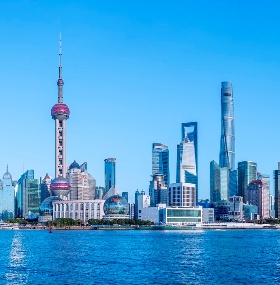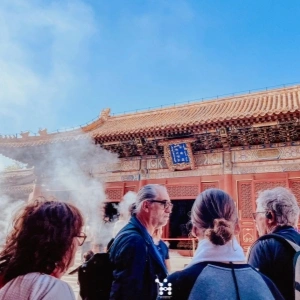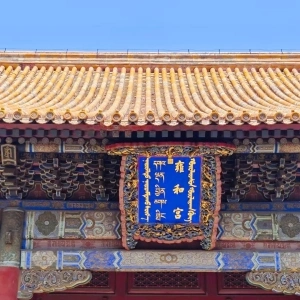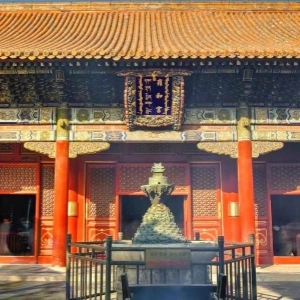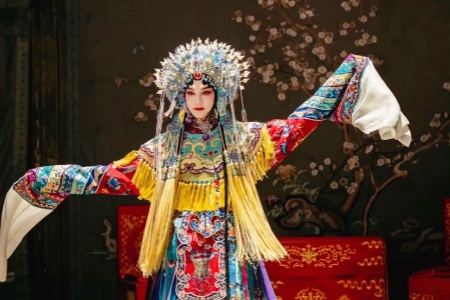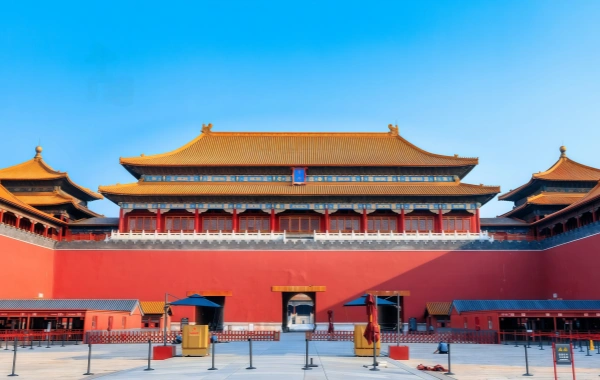1. From Royal Residence to Buddhist Temple: The Changing Role of Yonghe Temple
As a must-visit attraction in Beijing, Yonghe Temple has a unique history starting in the Kangxi period. It was originally a residence granted by Emperor Kangxi to his fourth son, Yinzhen (later Emperor Yongzheng). It was first known as the Prince Yong's Mansion. After Yongzheng became emperor, he converted half of the mansion into a temporary palace and the other half into a Tibetan Buddhist temple. In 1744 (the 9th year of Emperor Qianlong’s reign), it was officially converted into a lama temple and became the highest-ranking Buddhist site in the Qing Dynasty.
Travel Experience:
When entering through Zhaotai Gate, look up at the plaque with inscriptions in four languages: Chinese, Tibetan, Mongolian, and Manchu. It reflects the multicultural identity of the temple.
Be sure to see the remains of the original Yinan Hall. This was where Emperor Yongzheng handled political affairs. Today, only the white marble base remains, giving a strong sense of history.
It’s recommended to visit in the early morning. The sunlight shining through the three archways makes it a perfect time for photography.
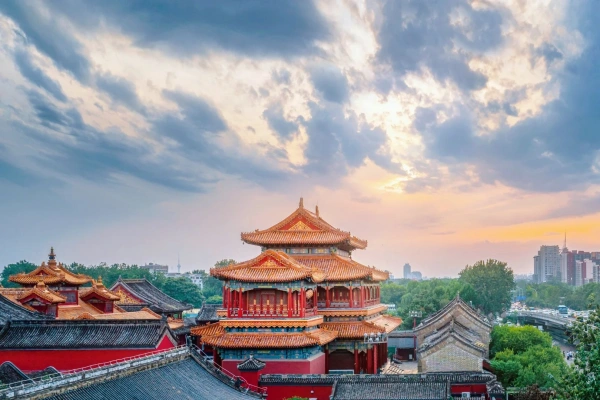
2. Architectural Design: A Museum of Religious Art Combining Han and Tibetan Styles
Yonghe Temple is often called a "textbook of architecture" in Beijing. The layout follows the traditional symmetrical style of Han Chinese temples but includes Tibetan monastery features. The buildings are mainly in red and yellow, with Han-style flying eaves and Tibetan-style golden roofs and Dharma wheels, creating a distinct visual impression.
Highlights:
Yongyou Hall: Houses a 2.35-meter-tall statue of Sakyamuni Buddha carved from a single piece of nanmu wood. The detailed carving is a fine example of Qing Dynasty woodwork.
Wanfu Pavilion: A three-story building with the world-famous Maitreya Buddha statue, carved from a single piece of white sandalwood. It stands 18 meters above ground and extends another 8 meters underground. It is recognized as the largest wood-carved Buddha in the world.
Tantric Hall: Displays Qing Dynasty thangkas and ritual objects made for the imperial court. One thangka, The Pure Land of Bliss, took three years to complete and still has bright colors after more than a hundred years.
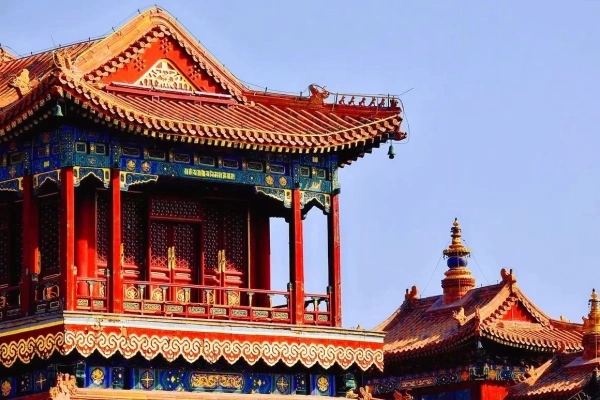
3. Popular for Worship: Experience Rituals in a Royal Temple
Yonghe Temple attracts visitors all year round, especially during the first 15 days of the Lunar New Year, when the “Daguifa” ceremony is held. It is not only a tourist spot but also an important site for experiencing Tibetan Buddhist culture.
Practical Tips:
Offering Incense: Free eco-friendly incense is available at the entrance. After lighting, hold it in front of your chest and bow three times. Do not blow out the flame with your mouth.
Turning Prayer Wheels: Spin prayer wheels clockwise. Make sure the text on the wheel is upright and do not touch the sacred writings with your fingers.
Blessed Items: Prayer beads made of 18 seeds and ash-glass amulets are available at the gift counter. Arrive before 10 a.m. to avoid long lines.

4. Nearby Attractions: How to Make the Most of Your Day
If you're wondering how to plan your first trip to Beijing, Yonghe Temple can be part of a classic sightseeing route:
Morning:
Pray at Yonghe Temple
Take photos along Guozijian Street with red walls and old trees
Visit the Confucius Temple to learn about Confucian culture
Afternoon:
Explore boutique coffee shops in Wudaoying Hutong
Visit Ditan Park to enjoy autumn ginkgo leaves (seasonal)
Transportation Tip:
Take Metro Line 2 or 5. After exiting, walk to the temple. On the way, you can see the red-brick building of Peking University, a filming site for The Age of Awakening.
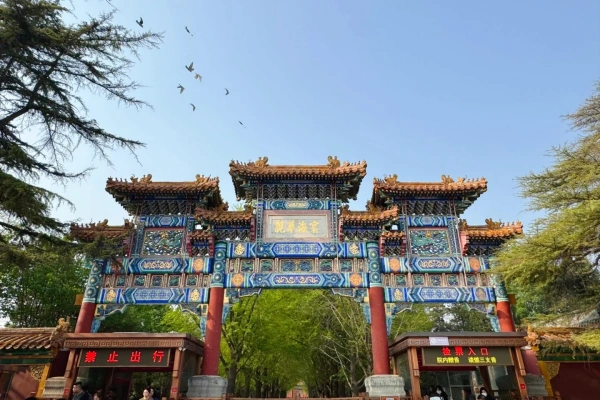
Summary
From royal residence to religious site, Yonghe Temple combines architecture, history, and faith, making it one of the highlights of any Beijing itinerary. Whether you are on a deep cultural trip or visiting Beijing for the first time, this is a place that fulfills all your expectations of a "must-see" attraction—feel the history in the air and understand the city through its walls.
Related Posts
Create Your Customized Trip
Take about 2 minutes to fill the form to tell us how you like to travel, and get a reply within 1 working day.


